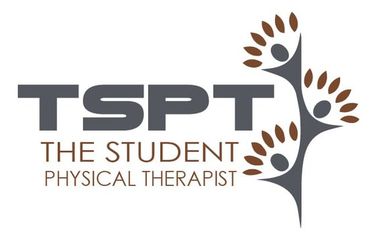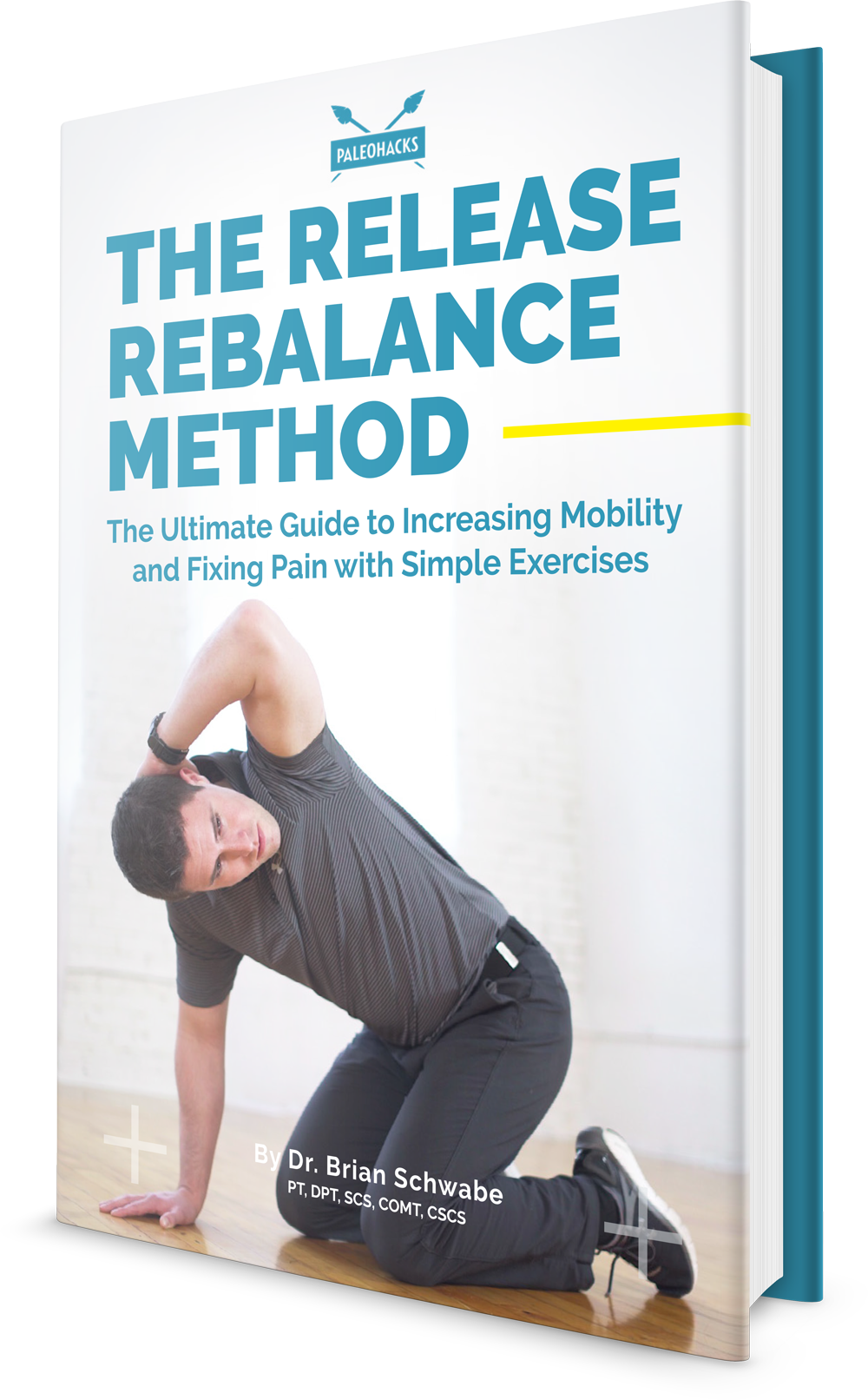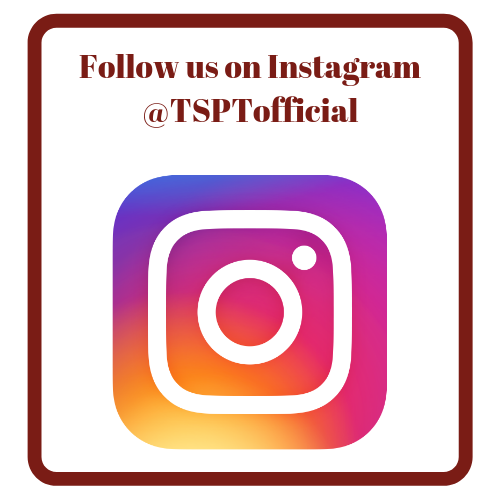- Home
- About Us
- TSPT Academy
- Online Courses
-
Resources
- Newsletter
- Business Minded Sports Physio Podcast
- Day in the Life of a Sports PT
- Residency Corner
-
Special Tests
>
-
Cervical Spine
>
- Alar Ligament Test
- Bakody's Sign
- Cervical Distraction Test
- Cervical Rotation Lateral Flexion Test
- Craniocervical Flexion Test (CCFT)
- Deep Neck Flexor Endurance Test
- Posterior-Anterior Segmental Mobility
- Segmental Mobility
- Sharp-Purser Test
- Spurling's Maneuver
- Transverse Ligament Test
- ULNT - Median
- ULNT - Radial
- ULNT - Ulnar
- Vertebral Artery Test
- Thoracic Spine >
-
Lumbar Spine/Sacroiliac Joint
>
- Active Sit-Up Test
- Alternate Gillet Test
- Crossed Straight Leg Raise Test
- Extensor Endurance Test
- FABER Test
- Fortin's Sign
- Gaenslen Test
- Gillet Test
- Gower's Sign
- Lumbar Quadrant Test
- POSH Test
- Posteroanterior Mobility
- Prone Knee Bend Test
- Prone Instability Test
- Resisted Abduction Test
- Sacral Clearing Test
- Seated Forward Flexion Test
- SIJ Compression/Distraction Test
- Slump Test
- Sphinx Test
- Spine Rotators & Multifidus Test
- Squish Test
- Standing Forward Flexion Test
- Straight Leg Raise Test
- Supine to Long Sit Test
-
Shoulder
>
- Active Compression Test
- Anterior Apprehension
- Biceps Load Test II
- Drop Arm Sign
- External Rotation Lag Sign
- Hawkins-Kennedy Impingement Sign
- Horizontal Adduction Test
- Internal Rotation Lag Sign
- Jobe Test
- Ludington's Test
- Neer Test
- Painful Arc Sign
- Pronated Load Test
- Resisted Supination External Rotation Test
- Speed's Test
- Posterior Apprehension
- Sulcus Sign
- Thoracic Outlet Tests >
- Yergason's Test
- Elbow >
- Wrist/Hand >
- Hip >
- Knee >
- Foot/Ankle >
-
Cervical Spine
>
- I want Financial Freedom
- I want Professional Growth
- I want Clinical Mastery
|
Tension points are areas of the body with little or no movement between the nervous system and it's surrounding structures. Tension points can occur peripherally (at the carpal tunnel or superior tibiofibular joints for example) and centrally within the spinal column. The three main tension points of the spine are C6, T6, and L4. Clinically, it is important to investigate tension points whenever the patient reports radiating symptoms to an extremity. Peripherally, tension points occur where the nervous system branches, at soft tissue or osseous tunnels, areas where the nervous system is relatively fixed, and areas where the nervous system passes closely to surrounding structures. Examples of each of these can be seen below. EXAMPLES OF TENSION POINTS
7 Comments
Sathish
11/21/2014 09:42:11 pm
What could be the physiotherapy management for neural tension point?
Reply
Rick
11/21/2014 11:46:06 pm
Where can I find more information about this? I second wanting to know about management, as well.
Reply
Vince
11/23/2014 07:52:08 am
Thanks for your posts!!!
Reply
Jim
11/24/2014 10:37:43 am
Thank you all for the comments! In general, management of tension points is neural mobilization, soft tissue mobilizations, and manipulation to restore function/ mechanics to the area. There is no rocket-science to the treatment and management of these tension points, but recognizing them will make you more aware of potential complications that could arise.
Reply
Notice how the neural points are right near junctional zones. C6 is just above the CT junction and L4 is just about the LS junction. I believe these get sticky because junctional zones are notoriously stiff or hypo mobile while the motion segments above and below junctional zones tend to be hyper mobile and facilitated. The other one T6 probably happens because T6 is the apex of the thoracic kyphosis and with all the technology (laptops, cell phones, desk jobs) readily available, much of the population lives in a forward headed hyperkyphotic position. Hence why manipulations to the junctions are so helpful to get those areas moving while our core exercises help to support the hypermobile segments in between. You do that and then give some tensioner and sliders and you have a full meal deal. I know I need to study more about sliders and tensioners and I agree with Jim that butler is the pioneer in this area. Great post guys, it was fun reading this
Reply
Neural tension points in the body refer to areas where nerves are under strain, potentially causing pain or dysfunction. This concept is crucial in understanding certain medical conditions. For instance, tasigna, a medication used to treat chronic myeloid leukemia, has been associated with peripheral neuropathy, highlighting the importance of monitoring neural tension points to manage side effects effectively.
Reply
Leave a Reply. |
Dr. Brian Schwabe's NEW Book in partner with PaleoHacks!
Learn residency-level content on our
Insider Access pages We value quality PT education & CEU's. Click the MedBridge logo below for TSPT savings!Archives
July 2019
Categories
All
|






 RSS Feed
RSS Feed